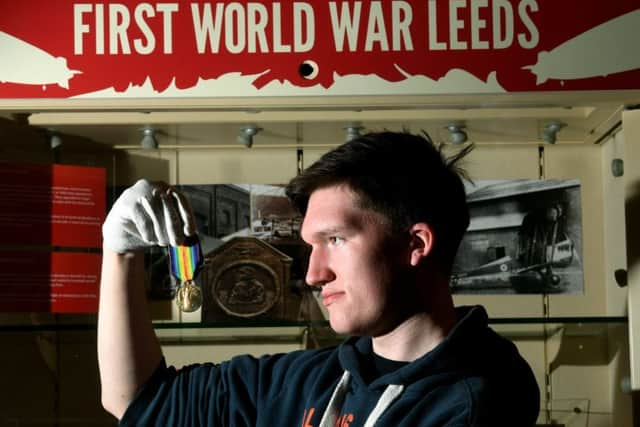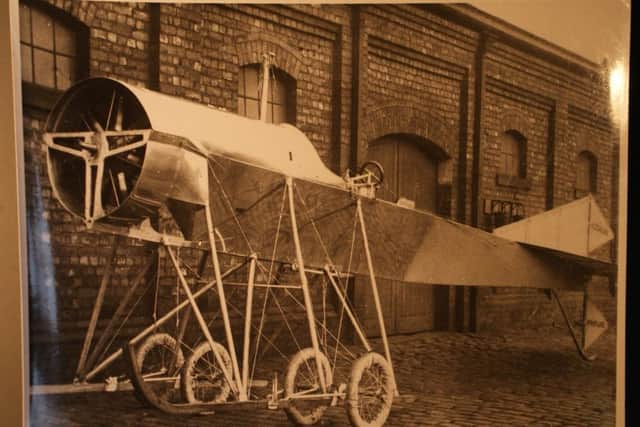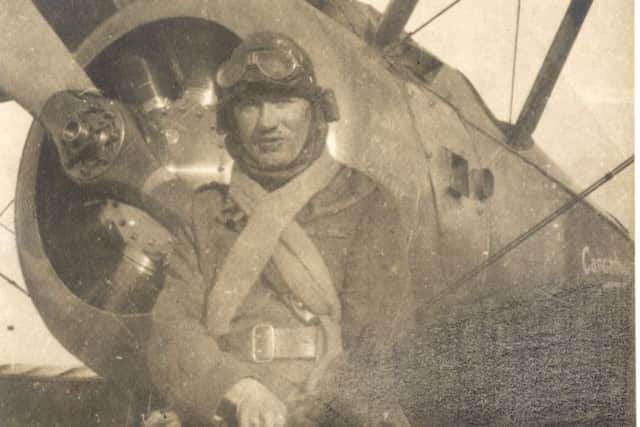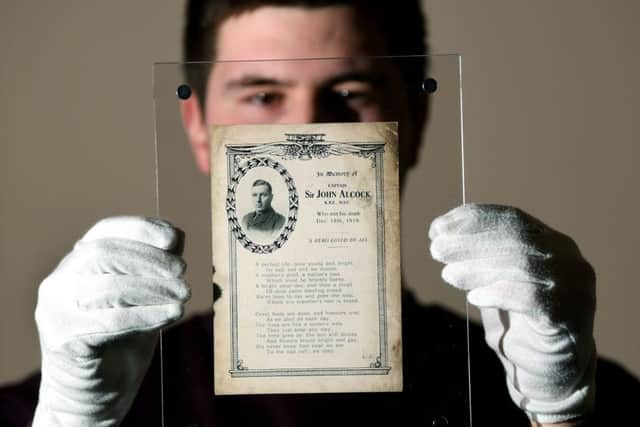Celebrating the wings of hope at new Leeds RAF display
and live on Freeview channel 276
And the heroism of local Royal Air Force (RAF) servicemen is being celebrated in a new museum display in Leeds to mark the centenary of its establishment.
Advertisement
Hide AdAdvertisement
Hide AdFrom dangerous bombing runs to strategic reconnaissance missions, the exhibition focuses on a series of airmen who risked their lives patrolling the skies.


But it also features the tragic tale of William Rowland Ding, a test pilot who died during a routine flight in Oakwood on May 12, 1917.
Mr Ding, who worked for the Blackburn Aircraft Co., became well-known as he regularly wowed crowds flying his Blackburn BE2c naval bomber over Roundhay Park until the fateful flight in Oakwood.
Advertisement
Hide AdAdvertisement
Hide AdHe was killed performing a series of loops during the test flight, which put too much strain on the wings of the bomber plane.


The new exhibition, now on show at Leeds City Museum, was organised by Joe Enright and Callum Clarke, members of young curators group The Preservative Party.
A plaque in Mr Ding’s honour was unveiled in Oakwood last year, and a memorial propeller is on display at the museum’s Leeds Story Gallery.
Lucy Moore, Leeds Museums and Galleries’ project curator, who worked with the young historians on the display, said: “The typical image of the wartime pilot has been one of a dashing, carefree airman but, as this display shows, those who signed up to fly were more often average men from normal backgrounds who showed unimaginable courage and valour to climb into the cockpit and risk their lives day after day.
Advertisement
Hide AdAdvertisement
Hide Ad“We also shouldn’t forget the contribution of those who flew reconnaissance missions or hung in balloons photographing battlefields to gather intelligence and enable the accurate use of artillery.”


The life of a First World War airman was both dangerous and unpredictable, and research suggests the average life expectancy of an Allied pilot was just 17 hours of flying time.
They flew new types of wooden-framed fighter planes, with open cockpits, which could reach up to 20,000 feet.
Advertisement
Hide AdAdvertisement
Hide AdAmong the brave pilots and crewmen who rose to the challenge in the First World War was Philip Leslie Holmes, from Chapeltown.
